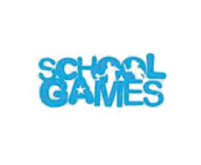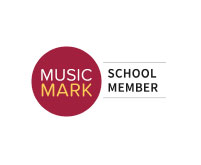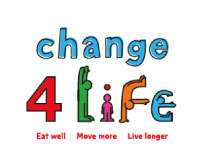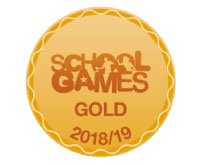Design technology is one of the few subjects in the curriculum where pupils confront and solve problems where there is no right answer. Through design technology pupils learn to deal with ambiguity; undertaking tasks without all the information necessary to complete them from the outset. This empowers learners and develops self-confidence. It is our aim at Egglescliffe CE Primary School to equip children to deal with tomorrow’s rapidly changing world; to encourage children to become independent, creative problem solvers and thinkers as individuals and part of a team. Through our DT curriculum, children will identify their own and others needs and wants in order to design and make products that solve real and relevant problems within a variety of contexts.
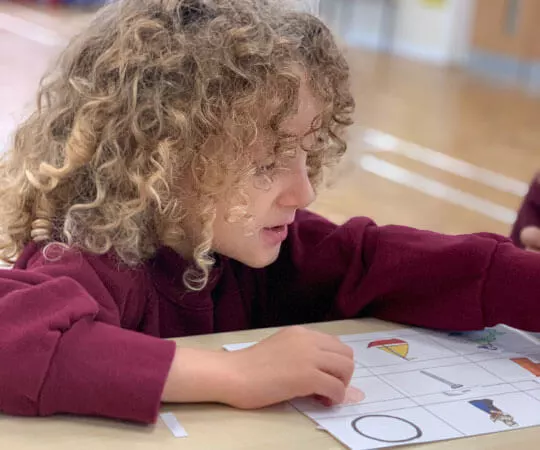
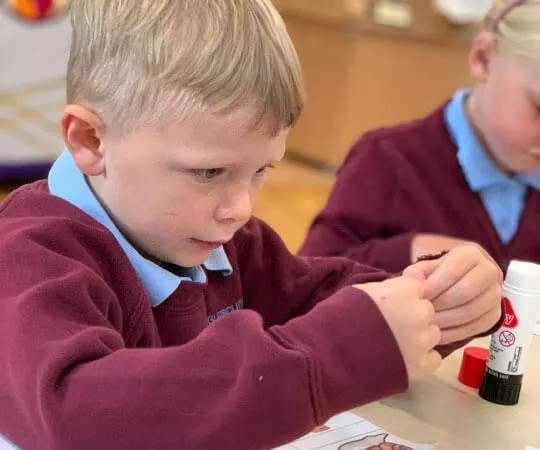

Through the study of Design and Technology, children will combine practical skills with an understanding of aesthetic, social and environmental issues, as well as functions and industry. This allows them to reflect on and evaluate past and present technology, its uses and impacts.
Design and Technology is often used in conjunction with other subjects drawing on disciplines such as mathematics, science, computing and art to develop more meaningful learning experiences. Design Technology projects are often cross- curricular, for greater cohesion, for example whilst studying Ancient Egypt in Year 3/4, pupils will investigate pulley systems to move a weight.
Aims
We have adopted the national curriculum for Design and Technology which aims to ensure that all pupils:
Knowledge: Build and apply a repertoire of knowledge and understanding in order to design and make high-quality prototypes and products for a wide range of users; Understand and apply the principles of nutrition and learn how to cook.
Concepts: enable higher level cognitive skills to be developed in the learner – developing hypotheses, synthesis of ideas and reflection.
Skills: Build and apply a repertoire of skills in order to design and make high-quality prototypes and products for a wide range of users; Critique, evaluate and test their ideas and products and the work of others
Making connections: develop the creative, technical and practical expertise needed to perform everyday tasks confidently and to participate successfully in an increasingly technological world
Attainment Targets
By the end of each key stage, pupils are expected to know, apply and understand the matters, skills and processes specified in the relevant programme of study.
Subject content
Key stage 1
Through a variety of creative and practical activities, pupils should be taught the knowledge, understanding and skills needed to engage in an iterative process of designing and making. They should work in a range of relevant contexts [for example the design, make and marketing of a food product using produce from the school
gardens,].
When designing and making, pupils should be taught to:
Design
- design purposeful, functional, appealing products for themselves and other users based on design criteria
- generate, develop, model and communicate their ideas through talking, drawing, templates, mock-ups and, where appropriate, information and communication technology
Make
- select from and use a range of tools and equipment to perform practical tasks [for example, cutting, shaping, joining and finishing when investigating linkages and levers to create a pop up book]
- select from and use a wide range of materials and components, including construction materials, textiles and ingredients, according to their characteristics
Evaluate
- explore and evaluate a range of existing products
- evaluate their ideas and products against design criteria
Technical knowledge
- build structures, exploring how they can be made stronger, stiffer and more stable
- explore and use mechanisms [for example, levers, sliders, wheels and axles ], in their products.
Key stage 2
Through a variety of creative and practical activities, pupils should be taught the knowledge, understanding and skills needed to engage in an iterative process of designing and making. They should work in a range of relevant contexts [for example shelter design within the nature garden in our school grounds].
When designing and making, pupils are taught to:
Design
- use research and develop design criteria to inform the design of innovative, functional, appealing products that are fit for purpose, aimed at particular individuals or groups
- generate, develop, model and communicate their ideas through discussion, annotated sketches, cross-sectional and exploded diagrams, prototypes, pattern pieces and computer-aided design
Make
- select from and use a wider range of tools and equipment to perform practical tasks [for example, cutting, shaping, joining and finishing when creating a kite prototype], accurately
- select from and use a wider range of materials and components, including construction materials, textiles and ingredients, according to their functional properties and aesthetic qualities
Evaluate
- investigate and analyse a range of existing products
- evaluate their ideas and products against their own design criteria and consider the views of others to improve their work
- understand how key events and individuals in design and technology have helped shape the world
Technical knowledge
- apply their understanding of how to strengthen, stiffen and reinforce more complex structures
- understand and use mechanical systems in their products [for example, gears, pulleys, cams, levers and linkages]
- understand and use electrical systems in their products [for example, series circuits incorporating switches, bulbs, buzzers and motors]
- apply their understanding of computing to program, monitor and control their products.
Cooking and nutrition
As part of their work with food, pupils should be taught how to cook and apply the
principles of nutrition and healthy eating. Instilling a love of cooking in pupils will also
open a door to one of the great expressions of human creativity. Learning how to cook
is a crucial life skill that enables pupils to feed themselves and others affordably and
well, now and in later life.
Pupils are taught to:
Key stage 1
- use the basic principles of a healthy and varied diet to prepare dishes understand where food comes from.
Key stage 2
- understand and apply the principles of a healthy and varied diet
- prepare and cook a variety of predominantly savoury dishes using a range of cooking techniques
- understand seasonality, and know where and how a variety of ingredients are grown, reared, caught and processed.




